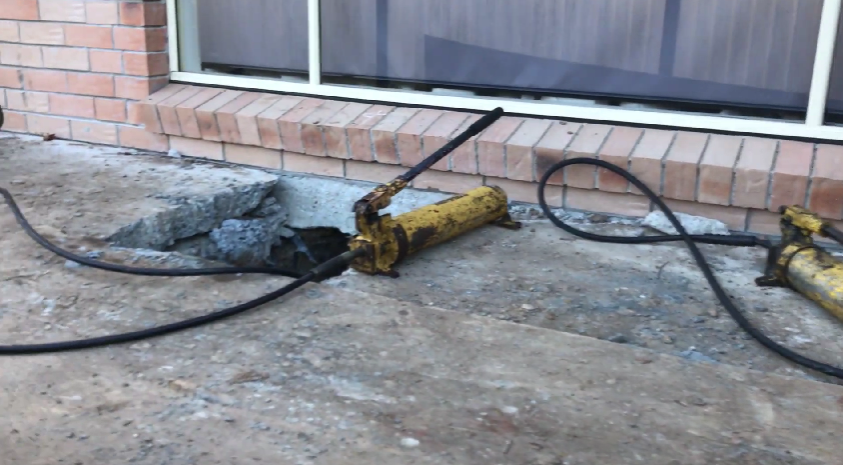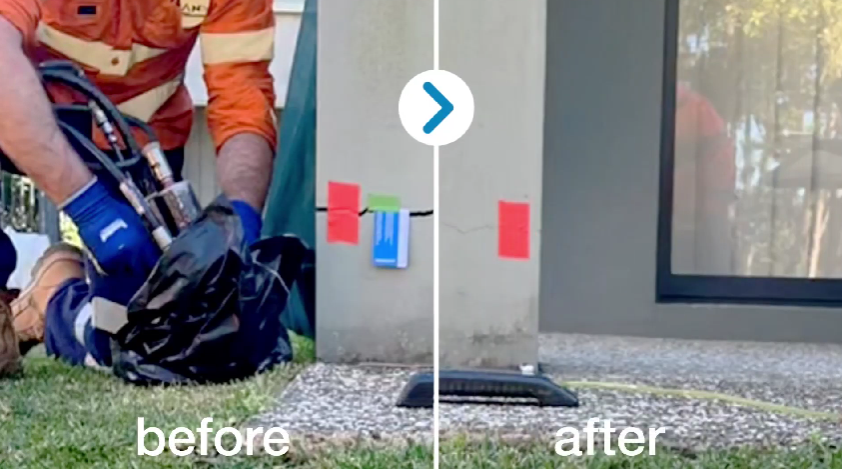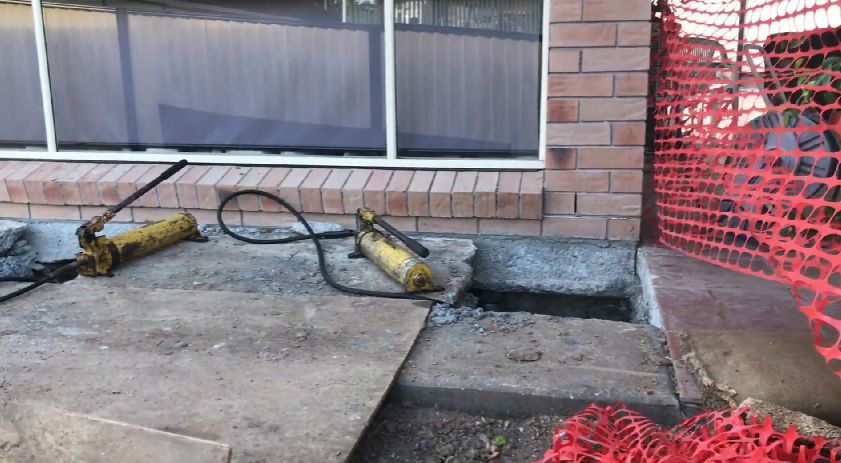Underpinning is a construction technique used to strengthen and stabilize the foundation of an existing structure. It involves reinforcing or extending the foundation depth to rest on more stable soil or to increase the load-bearing capacity. Foundation underpinning is often necessary when a building shows signs of movement, subsidence, or structural instability.
Why is Foundation Underpinning Needed?
Buildings may need underpinning when their foundations become unstable or no longer support the structure safely. This can happen due to changes in soil conditions, nearby construction work, water damage, or poor initial design. Underpinning helps restore stability and prevents further damage by reinforcing the foundation.

Signs Your Home May Need Underpinning
Early detection is key to avoiding major structural issues. Here are common signs a house needs underpinning:
Large cracks in walls (especially near doors or windows)
Sloping or uneven floors
Sticking doors or windows
Gaps between walls and ceilings or floors
Visible foundation movement or sinking
These are red flags that require a professional structural inspection.
What Causes Foundation Movement or Failure?
Several factors can lead to the need for underpinning, including:
Soil movement due to shrinkage, swelling, or erosion
Poor drainage or plumbing leaks weakening the soil
Tree roots extracting moisture from the soil
Foundation settlement over time
Vibration or excavation from nearby construction
Heavy structural loads not accounted for in the original design
Understanding the cause helps determine the best underpinning method.
Types of Underpinning Methods
Different methods are used depending on the structure, soil condition, and severity of the issue.
1. Traditional Mass Concrete Underpinning
This is the oldest and most common method. It involves excavating sections below the foundation and filling them with concrete. It’s suitable for shallow foundations with easy site access.
2. Beam and Base Underpinning
A reinforced concrete beam is constructed below or beside the existing foundation, distributing the load onto a new concrete base beneath. It provides more support and is often used for larger structures.
3. Mini Piled Underpinning
This method uses small-diameter piles driven deep into stable soil layers. It's ideal for sites with limited access or where high load capacity is required. Common in urban settings and tall buildings.
4. Resin Injection Underpinning
A modern, less invasive method where expanding resins are injected into the soil to stabilize and lift the foundation. It’s quick, clean, and useful for lightweight structures or minor settlements.

Basement Underpinning Explained
Basement underpinning, also known as benching or lowering, involves excavating beneath a structure to create additional headroom or convert a crawlspace into a functional basement. It’s popular in older urban homes where expanding upward isn’t an option. This process requires careful planning and is often combined with waterproofing systems.
Underpinning vs Foundation Replacement
While underpinning reinforces existing foundations, foundation replacement involves removing and rebuilding the entire base. Underpinning is less disruptive and more cost-effective, especially when damage is localized. Full replacement is reserved for extreme cases where the foundation has completely failed or the structure is being rebuilt.
Underpinning Process Step-by-Step
The underpinning process typically includes:
Site assessment and engineering evaluation
Soil testing and load analysis
Selection of appropriate underpinning method
Excavation in small, controlled sections
Installation of new support (concrete, piles, or resin)
Curing, backfilling, and structural monitoring
Licensed professionals ensure safety and code compliance throughout the process.
Benefits of Underpinning a Property
Underpinning offers long-term structural and financial advantages:
Restores foundation stability
Prevents further settlement and cracking
Increases property value
Creates opportunity for basement conversion
Allows for safe home extensions or renovations
Extends the life of the structure
It’s a strategic solution that protects your biggest investment—your home.
Choosing Professional Underpinning Contractors
Always work with certified structural engineers and experienced underpinning contractors. Check references, licenses, and insurance coverage. A detailed site assessment and soil report are crucial. Make sure the contractor offers a warranty and follows local building codes.

Final Thoughts: Is Underpinning Worth It?
If your home shows signs of structural damage or settlement, underpinning is often the most cost-effective and permanent solution. It ensures safety, increases usable space, and protects the property’s value. While the process may seem complex, hiring the right professionals ensures a stable foundation for decades to come.

